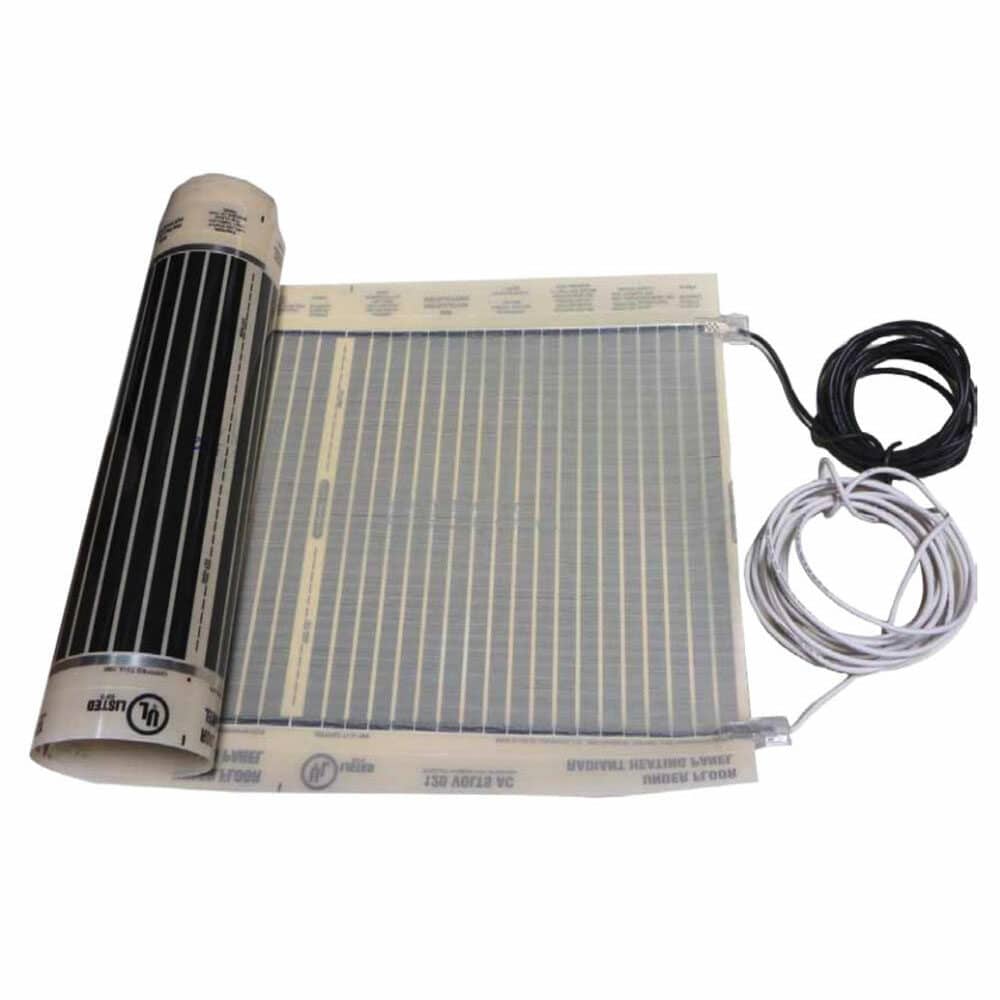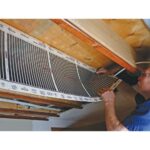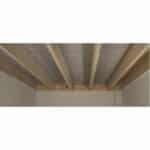

Features
Resources
FAQs
View All QuestionsIf you are looking for a test report please send an email to [email protected] and specify the product and type of report you are needing. We would be more than happy to email you a copy of any testing data that we have.
Reviews
Leave ReviewsCompatible Floorings
Recommended Accessories

QuietWarmth Thermostats
A thermostat would be a good accessory for QuietWarmth electric heat system as it would allow users to control the temperature of their room more accurately and efficiently. This would lead to a reduction in energy cost and a more comfortable living space. Additionally, a thermostat would ensure that the heat system is not overworked and prolong its lifespan.
Read MoreWhere To Buy

Distributor
Click here to view distributors
Online Store
Click here to view online retailersFind Distributor
To help find a local distributor in your area with the right inventory levels, please fill out the form below.
Online Stores

Amazon

Menards

Warm Your Floor
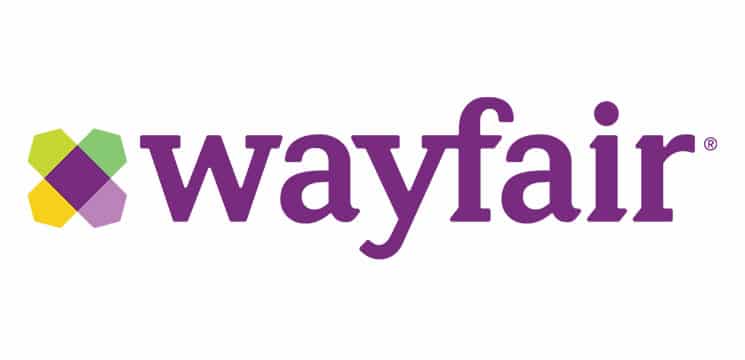
Wayfair

Walmart

Lowes

Home Depot
Enhanced Content
Recent QuietWarmth Joist Heat Mats Articles
Find all blog articles about QuietWarmth Joist Heat Mats
All Articles

Do Heated Floors Use a Lot of Electricity

How to Install QuietWarmth Peel & Stick Membrane to the Subfloor
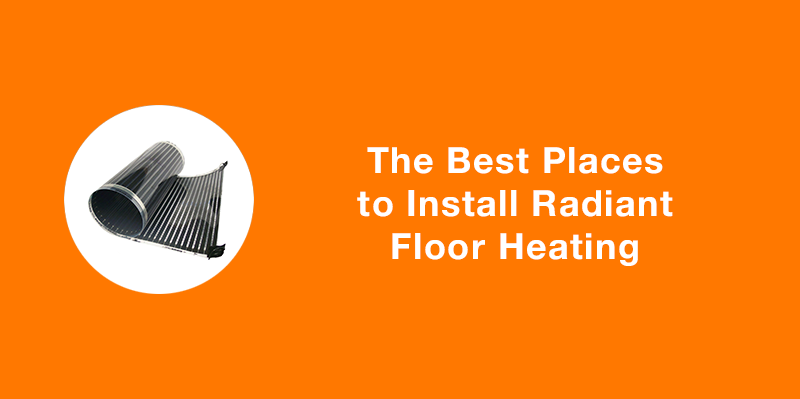
The Best Places to Install Radiant Floor Heating

Convection Heat Vs Electric Radiant Floor Heating

Does Radiant Floor Heat Add Value to Your Home?

The Pros and Cons of Heating Floors

Flooring Compatible with QuietWarmth Radiant Heating Systems.

What is the Best Electric Floor Heating System



